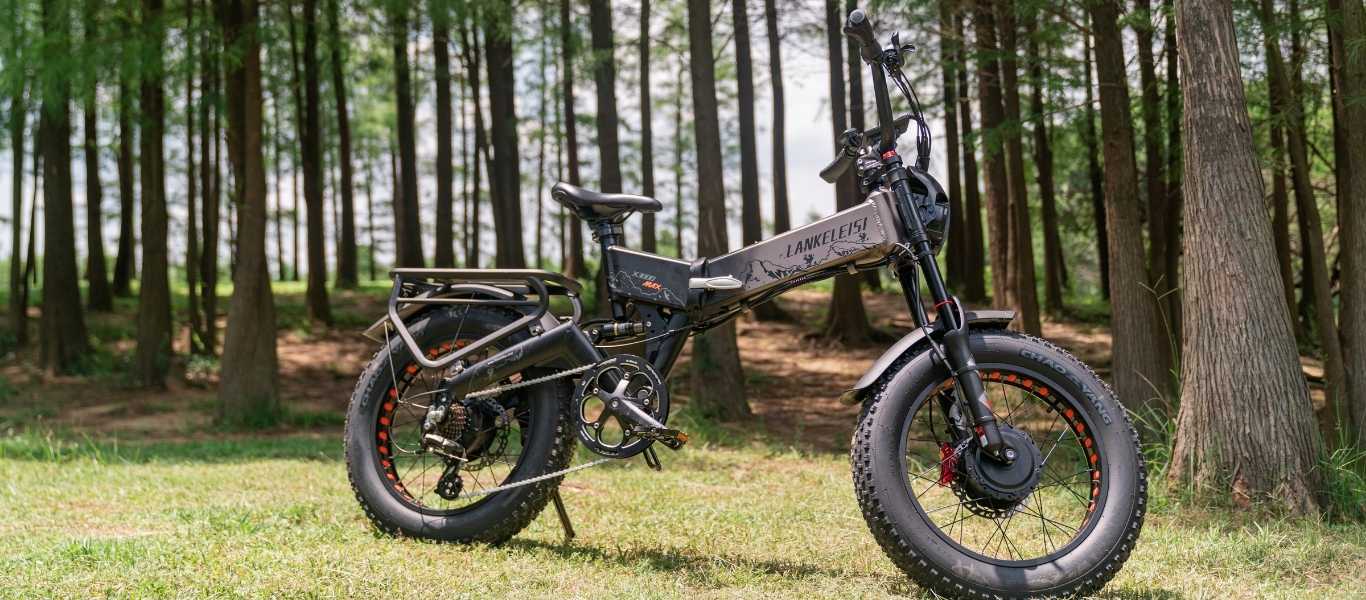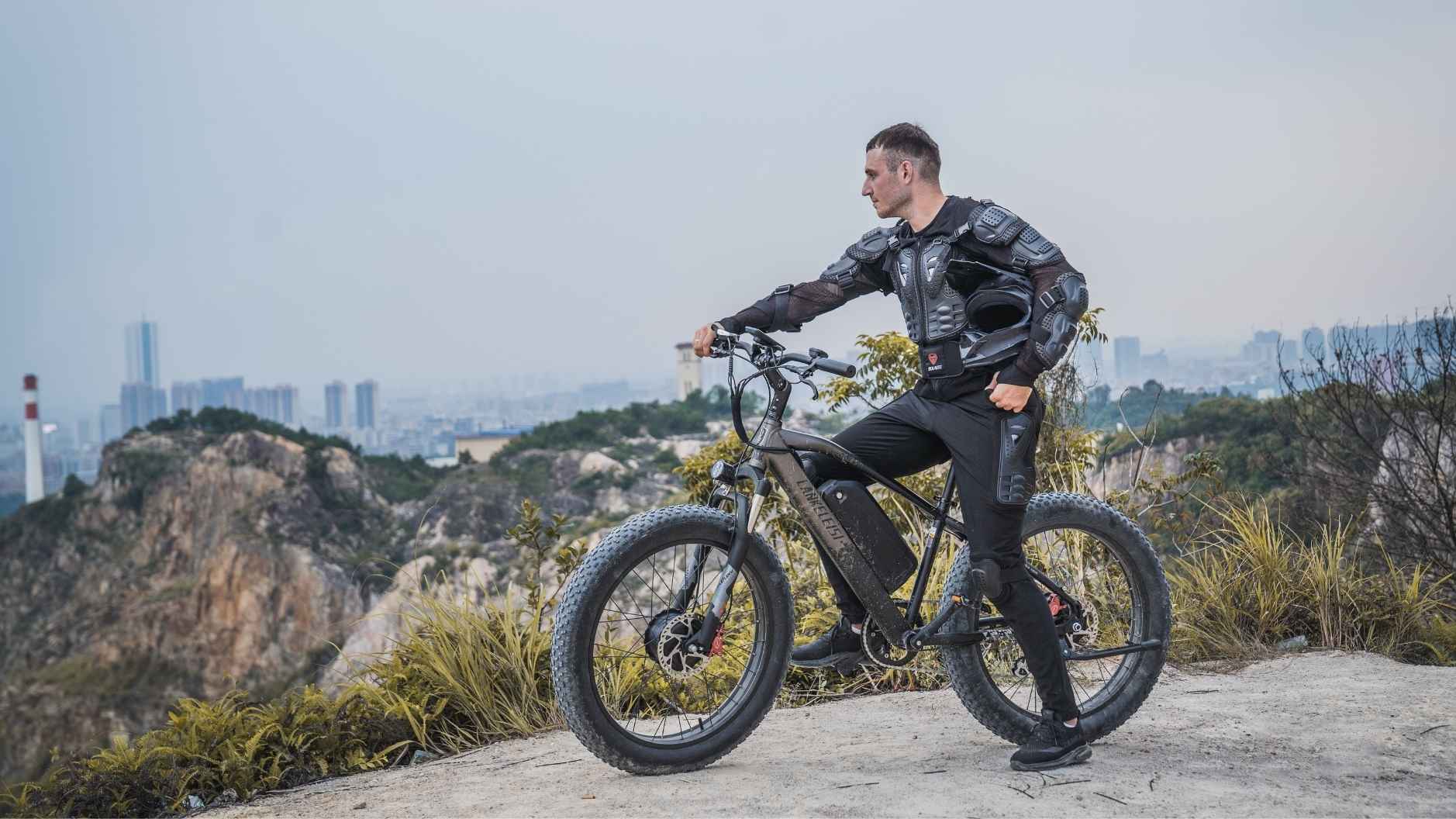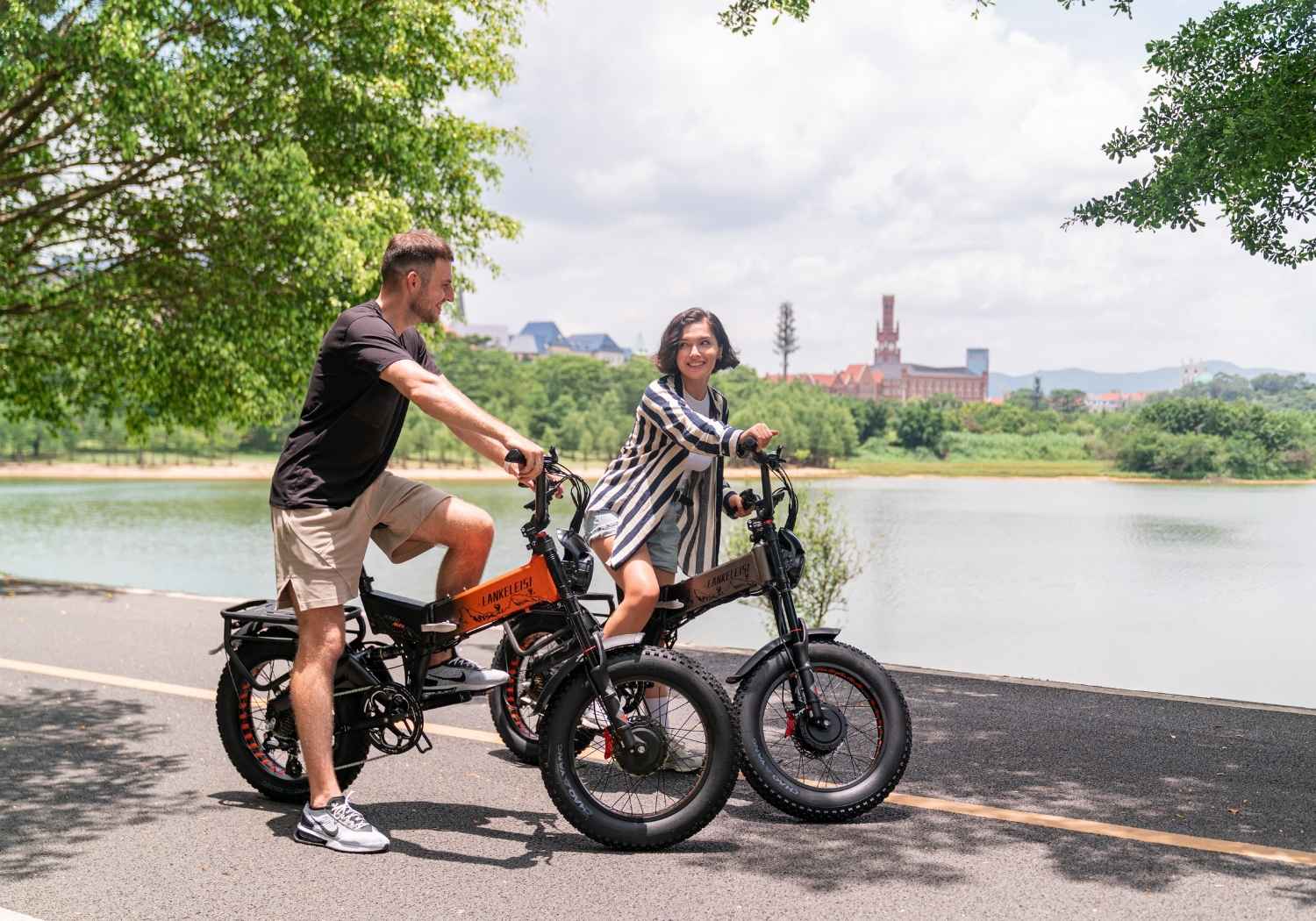The chain is one of the most heavily used components on electric bikes. It transmits power between the chainring, the motor, and the rear wheel, and is essential for performance, comfort, and riding safety. However, many cyclists neglect the importance of its maintenance, which leads to accelerated wear and unexpected breakdowns.
A worn chain not only reduces your bike’s performance but can also cause premature wear of the cassette and sprockets, derailment, and increase the risk of breakage, especially when climbing or riding on rough terrain.
In this article, you will learn when to replace your electric bike’s chain and how to identify the signs of wear. You will also find tips on how to properly maintain your chain and extend its lifespan.
What is the lifespan of an electric bike chain?
The lifespan of an electric bike chain depends on many factors, such as usage, the type of bike, and the quality of maintenance. Unlike traditional bikes, electric bikes apply more torque to the drivetrain, which puts greater stress on the chain.
Urban electric bikes: For daily city commutes, plan to replace the chain every 2,000 to 3,000 km. This also depends on the type of roads you ride on and how frequently you use the bike.
Electric mountain bikes: Mountain bike chains generally have a shorter lifespan, between 1,000 and 2,000 km. Rough terrain, steep climbs, and mud put more strain on the drivetrain, which accelerates wear.
The type of motor on the electric bike also plays a key role. A mid-drive motor applies power directly to the chain, which accelerates its wear. Conversely, a hub motor puts less stress on the chain, slowing down its aging.
Maintenance is therefore a crucial factor. A well-maintained chain, regularly lubricated and cleaned after muddy rides, can see its lifespan significantly extended. Insufficient maintenance, on the other hand, accelerates its wear, leading to faster deterioration of the cassette and sprockets.
How to quickly identify chain wear?
It is essential to detect a worn chain early. This not only helps preserve your electric bike’s performance but also prevents costly drivetrain repairs. Whether you are a beginner or an experienced rider, it is important to pay attention to the signs of chain wear.

Visible mechanical signs
The first sign of a worn chain is the noise it makes. Even when lubricated, an aging chain produces clicking or squeaking sounds. You may also notice chain skipping or difficulty shifting gears, especially under load.
A visual inspection can reveal stiff, bent, or rusty links. Chain elongation caused by the wear of pins and rollers is also a clear sign: the links spread slightly, preventing proper engagement with the sprocket and cassette teeth, which accelerates overall wear.
If your pedaling feels irregular or not smooth despite proper maintenance, it is likely a sign that your chain has exceeded its wear limit.
Inspection method
The most reliable tool for measuring chain wear is a chain wear gauge. Easy to use, it accurately measures chain elongation. According to industry experts, a chain elongation of 0.5% to 0.75% means it needs to be replaced.
If you don’t have a chain wear gauge, you can use a manual method. Place the chain on the largest chainring and pull it upward at the front. If you can see more than half of a tooth, the chain is too stretched and must be replaced.
What factors accelerate chain wear?
Several factors directly affect the lifespan of your chain. By understanding them, you can adjust your riding style and maintenance habits to avoid replacing it prematurely.
Riding conditions: Mud, sand, rain, and rough terrain can introduce abrasive particles into the chain links, accelerating the wear of pins and rollers. Off-road riding and steep climbs can also put additional strain on the chain, especially when paired with a powerful motor.
Motor type: A bike equipped with a mid-drive motor applies motor torque directly to the chain. This extra stress can accelerate the wear of the chain’s links and teeth. In contrast, a hub motor puts less strain on the drivetrain.

Maintenance and lubrication: A chain that is not lubricated or rarely cleaned accumulates dirt and moisture, which accelerates corrosion and wear. Neglecting maintenance can double the chain’s wear rate.
Riding and load: Riding with a trailer, carrying children, or engaging in sporty riding (frequent accelerations, active assistance on climbs) can cause the rider to put more pressure on the chain, which can reduce its lifespan.
How to effectively extend the lifespan of your chain?
Proper maintenance can extend your chain’s lifespan and help you avoid costly replacements. Here are some tips from experienced cyclists:
- Clean and lubricate your chain regularly, especially after riding in mud or rain. Use an appropriate lubricant—dry, wet, or ceramic—depending on the conditions. Its role is to reduce friction and protect the chain links from corrosion.
- Regularly check the condition of your drivetrain: even if your chain is in good shape, it will wear out faster if used with a worn cassette or chainring. Make sure all drivetrain components are in good condition.
- Avoid cross-chaining (large cassette with large chainring, or small cassette with small chainring). Shift gears smoothly to avoid excessive stress on the chain.
- If you often ride in poor road conditions, on muddy trails, or in mountainous terrain, choose a reinforced chain or one with a protective coating.
- Measure chain wear regularly. As soon as the chain reaches its stretch limit, replace it immediately to protect the cassette and sprockets.
When and how to replace your electric bike chain?
Don’t wait for your chain to break before replacing it. An overly worn chain can quickly damage the cassette and sprockets, increasing repair costs. Here are some practical tips to help you determine when to replace your chain.
Replacement frequency depends on usage:
- Urban electric bikes: Replace the chain every 2,000 to 3,000 km if used regularly on roads or bike paths.
- Electric mountain bikes (e-MTBs): Replace the chain every 1,000 to 2,000 km, depending on terrain conditions and riding intensity.
When replacing the chain, always check the condition of the cassette and sprockets. If the tips of the teeth are worn (pointed or hooked), replace them at the same time to avoid premature wear of the new chain.
Advice for powerful electric bike users:
If you own a powerful off-road electric bike like the LANKELEISI X3000 MAX, equipped with a 2,000W brushless mid-drive motor, it is especially important to keep the chain in good condition. This motor generates high torque, which puts significant strain on the drivetrain.

To ensure optimal performance and extend the lifespan of your chain, it is recommended to choose high-quality original accessories. You can find the ideal chain for your X3000 MAX on the official LANKELEISI website.
FAQ
Can you still ride a few kilometers with a worn chain?
A worn chain cannot fit perfectly with the teeth of the chainring and sprocket, which can easily lead to frequent derailments or breakages under motor pressure. It is therefore recommended to replace your bike’s chain as soon as possible.
What are the risks of not changing the chain in time?
An overly stretched chain quickly wears down the cassette and sprockets, increasing replacement costs. A worn chain is also more likely to break during intense pedaling, especially on rough terrain.
Do you always need to replace the cassette when changing the chain?
No. However, if the cassette teeth show signs of wear, it is best to replace the entire chain to avoid premature wear of the new chain.
Conclusion
A well-maintained chain is essential to ensure the performance, safety, and longevity of your electric bike. By regularly monitoring chain wear and adopting proper maintenance practices, you can avoid costly replacements and enhance the reliability of your electric bike or e-MTB.
Properly replacing your chain is more than just routine maintenance; it is an effective way to preserve your bike’s performance on every ride while reducing long-term maintenance costs.








